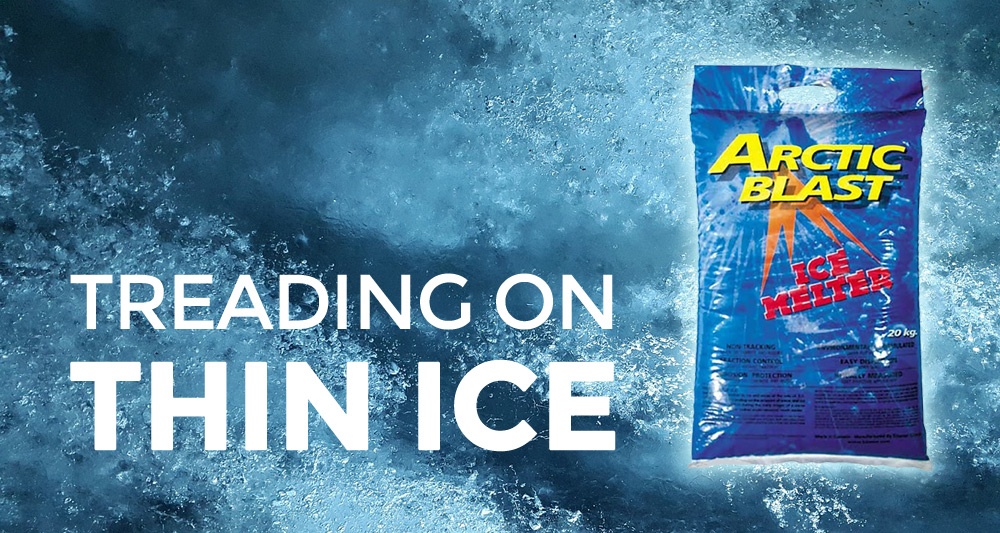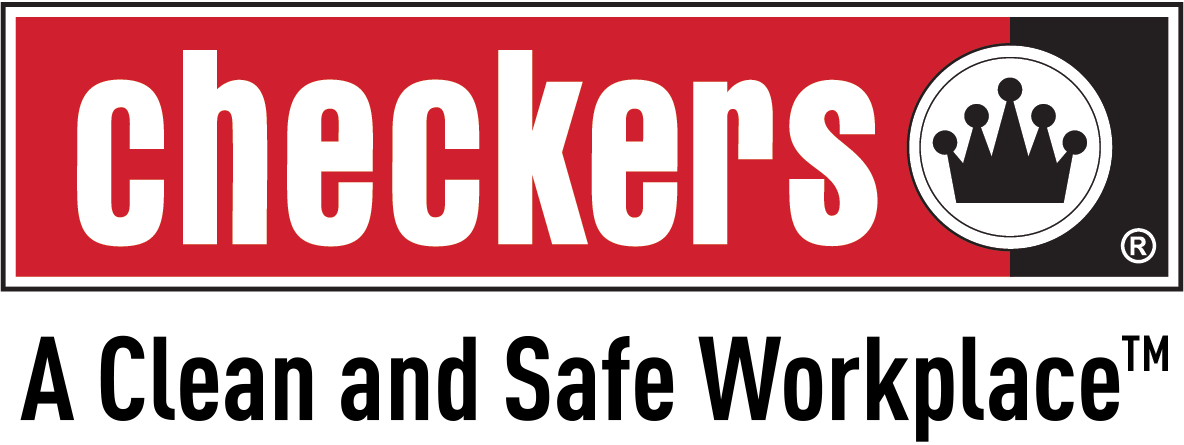
Treading on Thin Ice
The lazy, hazy days of summer are long gone and before you know it, winter will be bringing its icy wind and slippery snow to your door. No one likes to think about it, but the realities of the harsh winter season will soon be here.
Slippery sidewalks can be treacherous and a danger zone for staff and customers. One way to cut down on risk for injuries is to properly use a quality ice-melt. Knowing what to use and how to use it will greatly improve your safety standard this winter.
What are your needs?
First off, you should assess your needs. In what areas do you need to use a deicer? Are the areas heavily trafficked? Do they have a lot of sun exposure? Remember the temperature of the air, pavement and the type of ice-melt compound will influence the melting rate. Even if the sidewalks have been shoveled a thin layer of ice forms, creating dangerous conditions. Be proactive.
How does it work?
Understanding how the compound works will assist you in using it most effectively. Ice-melt lowers the freezing point of water. The mixture forms a brine by attracting moisture from the ice and snow. This brine generates heat and melts the ice.
The brine needs to be on the pavement so that is can break the bond between the ice and the pavement. Once you break that bond, the ice will start to break up and make it easier to shovel the path clear. If you apply the ice-melt before it starts to snow, you can prevent the ice from bonding to the surface. This proactive approach is an important way to stay ahead of ice-buildup.
Although ice-melts are a great help, they can only do so much. They will reach a eutectic temperature – which means the lowest melting point of the water & ice-melt. The quantity of compound needed to reach the eutectic temperature is called the eutectic concentration. When this temperature is reached, the melting will stop regardless of how much product you put down. Contrary to popular belief, putting down more will not make the ice melt faster.
Why choose an ice-melt compound?
In the past, rock salt was used to melt ice but newer compounds like Arctic Blast are more effective and work at lower temperatures. Ice-melt actually prevents re-freezing for up to 24 hours. Re-freezing not only creates more work for maintenance people to clear injury-prone sidewalks but it also damages concrete when it drains into cracks and then re-freezes.
The blue-green colour of the granules allows you to see where you’ve applied and ensure even coverage. For best results, use a mechanical spreader. This will give you accurate coverage and avoid over spreading.
Every product is different and every business has different needs. Contact Checkers today to discover the right solution for your winter needs. Checkers has exceptional service and exceptional supplies. Let’s work together.

